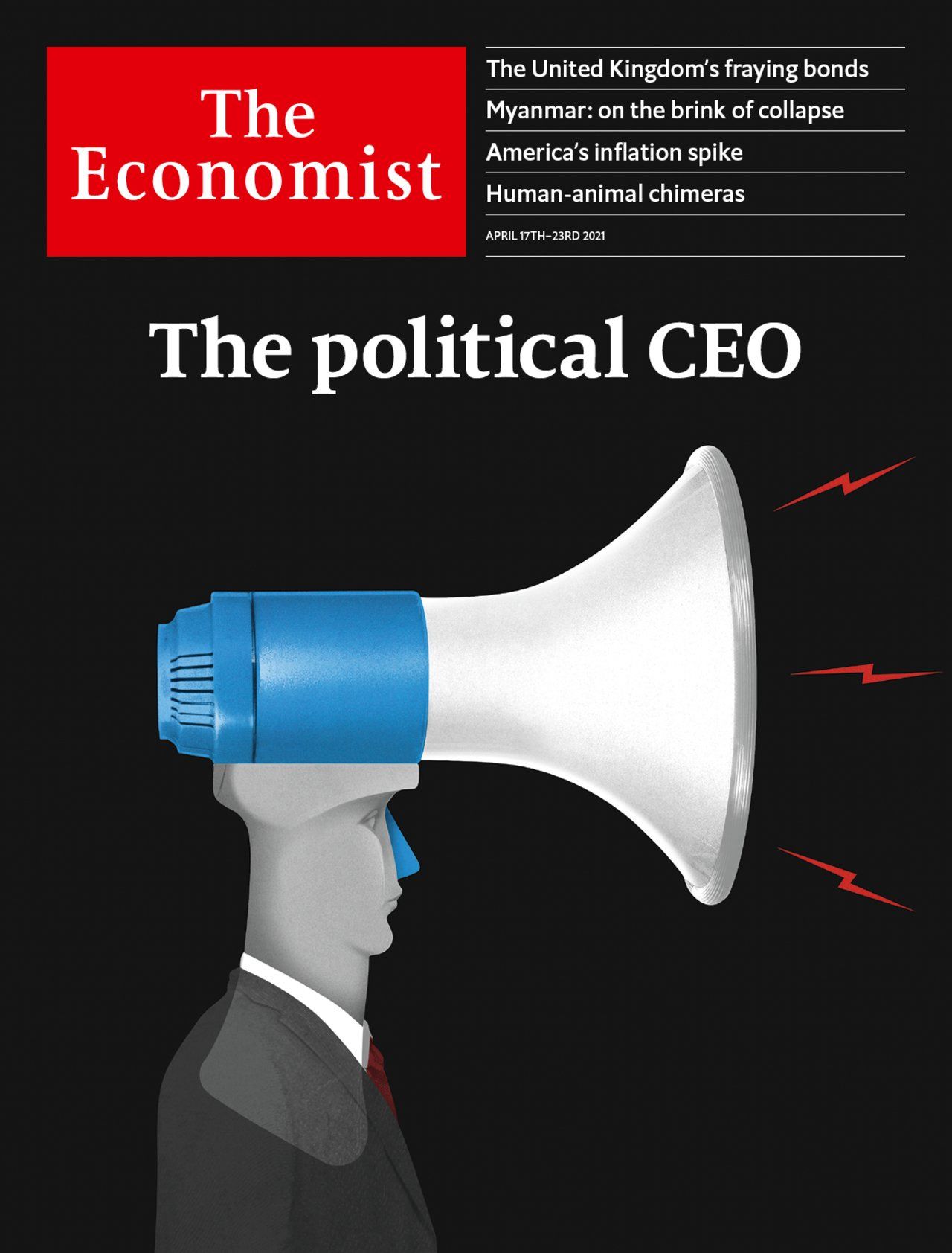John Williamson, who defined the “Washington consensus”, died on April 11th
His brainchild became caricatured. But it had never been a manifesto

IT WAS IN January 1947, with a song thrush, that John Williamson began the list he kept of the birds he had seen, which would go on to number some 4,000 species. His father, a rose-grower in Hereford, England, was an avid birder too, but Mr Williamson brought to the pastime the focused effort and aptitude for the collection of information that also characterised his work as a macroeconomist and expert on exchange rates. Birding was an understated hobby for an understated man. Yet Mr Williamson gained a measure of fame that eludes most economists when he outlined the “Washington consensus”: a description of policy orthodoxy in the late 1980s that became a flashpoint for intense global debate. Mr Williamson, who died on April 11th at the age of 83, sought merely to gather a list of macroeconomic best practices, the better to boost the welfare of people in developing economies. In that he succeeded, the furore that followed notwithstanding.
This article appeared in the Finance & economics section of the print edition under the headline “The common-sense economist”
Finance & economics April 17th 2021
More from Finance & economics

Europe’s economic growth is extremely fragile
Risk is concentrated in one country: Germany

How vulnerable is Israel to sanctions?
So far, measures have had little effect. That could change

Why companies get inflation wrong
Bosses should pay less attention to the media
What is behind China’s perplexing bond-market intervention?
The central bank seems to think the government’s debt is too popular
How to invest in chaotic markets
Contrary to popular wisdom, even retail investors should pay attention to volatility
Vladimir Putin spends big—and sends Russia’s economy soaring
How long can the party last?
